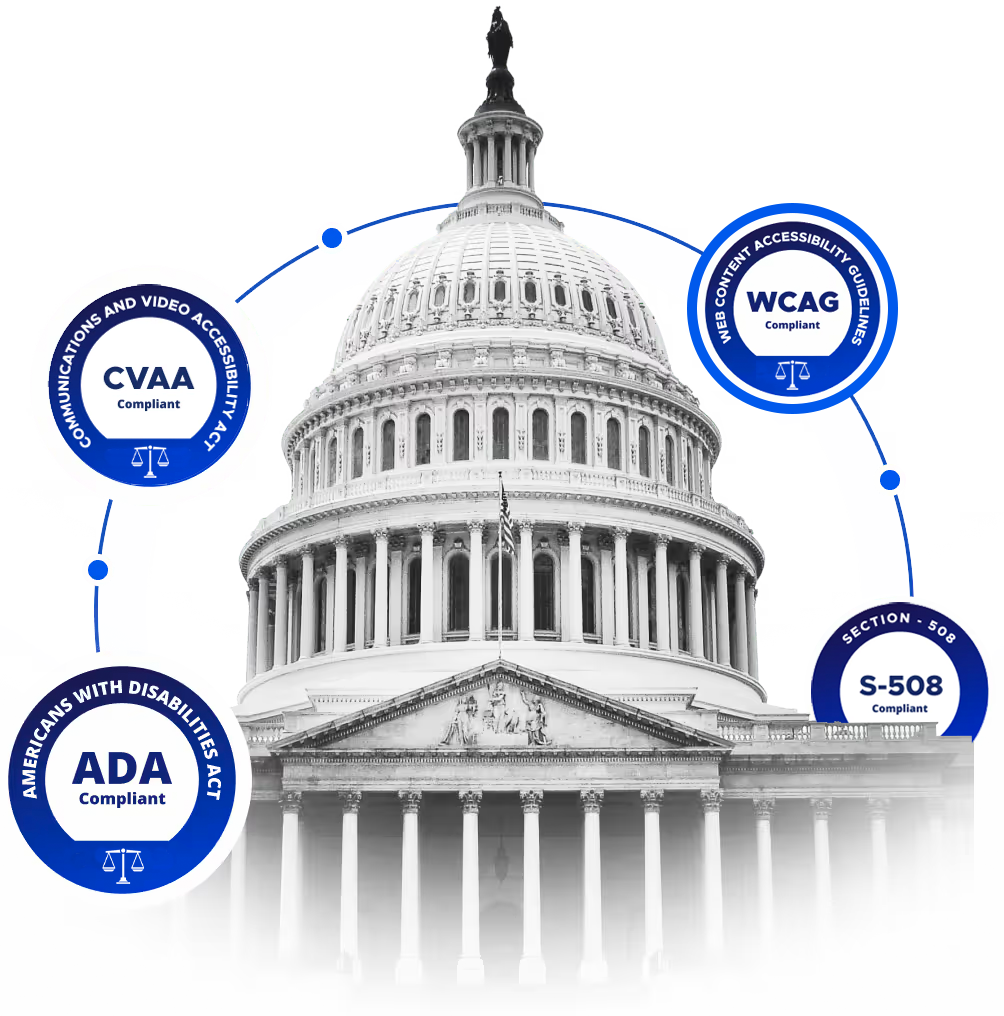Website Accessibility Compliance
What is the importance of complying with WCAG 2.2 AA standards?
 The Web Content Accessibility Guidelines (WCAG), heralded as the gold standard for creating an accessible online environment. The WCAG’s journey began as a response to the rapid evolution of technology and digital trends. In essence, it seeks to empower individuals with disabilities by making online content universally accessible. Periodically, the World Wide Web Consortium’s (W3C) Web Accessibility Initiative (WAI) and disability community working groups evaluate and update the WCAG to align with contemporary needs. The latest iteration, WCAG 2.2, represents a pivotal advancement in this ongoing pursuit of inclusivity.
The Web Content Accessibility Guidelines (WCAG), heralded as the gold standard for creating an accessible online environment. The WCAG’s journey began as a response to the rapid evolution of technology and digital trends. In essence, it seeks to empower individuals with disabilities by making online content universally accessible. Periodically, the World Wide Web Consortium’s (W3C) Web Accessibility Initiative (WAI) and disability community working groups evaluate and update the WCAG to align with contemporary needs. The latest iteration, WCAG 2.2, represents a pivotal advancement in this ongoing pursuit of inclusivity.
Key Elements of WCAG 2.2 AA Standards:
WCAG 2.2 encompasses technical instructions and success criteria aimed at optimizing websites for diverse user needs, including assistive technology, screen readers, keyboard navigation, and more. It introduces several critical requirements:
- Strong Contrast: Ensuring distinct contrast between text and background colors.
- Descriptive Alt Text: Providing descriptive alternative text for all images and graphics.
- Closed Captions and Transcriptions: Ensuring closed captions and transcriptions for video content.
- Form Labels: Implementing clear form labels for input fields.
- Descriptive Tags: Utilizing appropriate descriptive tags for navigation links and buttons.
Legal Significance of WCAG Compliance: WCAG serves as the linchpin for numerous digital accessibility regulations worldwide. While it may not be explicitly mandated by U.S. law, its implicit adoption is evident. Consent orders and settlement agreements in web accessibility lawsuits consistently recognize WCAG as the benchmark for compliance. Moreover, Section 508 of the Rehabilitation Act necessitates WCAG 2.0 compliance for U.S. government agencies and federal contractors. The Americans with Disabilities Act (ADA) also implicitly requires private entities to adhere to WCAG standards, reinforced by consent orders and settlements.
Understanding WCAG Levels:
WCAG entails three levels of conformance: Level A, Level AA, and Level AAA, each progressively inclusive.
- Level A addresses fundamental accessibility barriers.
- Level AA delves deeper to accommodate a broader range of disabilities.
- Level AAA represents the highest level, providing an exceptionally inclusive experience.
For compliance, organizations typically target Level A and Level AA success criteria, while Level AAA remains optional.
The Four WCAG Principles: WCAG revolves around four overarching principles, guiding web accessibility goals:
- Perceivable: Ensuring content is perceptible through at least one sense.
- Operable: Facilitating ease of interaction with user interface elements.
- Understandable: Ensuring content is comprehensible and user-friendly.
- Robust: Ensuring compatibility with diverse user agents, including assistive technologies.

